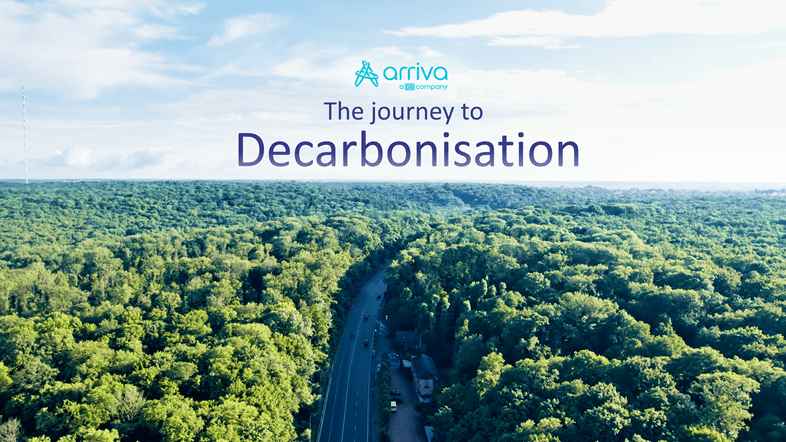
With the world’s eyes on COP26 and the decarbonisation agenda, the role of public transport can’t be overstated if we are to reach European targets.
The transport sector represents almost a quarter of Europe’s greenhouse gas emissions and is the main cause of air pollution in cities. The sector has not seen the same gradual decline in emissions as other sectors, with emissions only starting to decrease in 2007 and still remaining higher than in 1990. And within this, road transport is by far the biggest emitter[1], with cars being responsible for over 60% of those emissions[2].
There is no question the transport sector, in particular road transport, needs to urgently decarbonise. To achieve this, switching exclusively to electric fleets will not be sustainable in the long term. Much more will also need to be done to get people to choose public and shared transport or active mobility such as walking and cycling for many more journeys.
So, how can we – as a society – reduce carbon emissions from transport and build greener and healthier communities?
Clear objectives
First and foremost, governments and local authorities need to set clear objectives. Is the objective to hit CO2 reduction targets? Or to also improve air quality in urban environments?
Depending on the objective, different technologies provide the right solution. Some technologies can even help to achieve both, enabling governments and local authorities not only to contribute to global climate and CO2 reduction targets but also to improve air quality for their citizens, improving their health in the long term.
(If you want to know more about how to embark on the journey to decarbonisation, watch Arriva’s guide on what needs to be considered when planning to decarbonise.)
Partnership
Once clear objectives have been set, working in partnership with public transport operators, mobility providers and other stakeholders is essential. Only by working together can a more sustainable world be built.
Alongside clear objectives, strategic approaches must be taken to plan for the long term. The key will be to encourage a modal shift to sustainable modes of transport such as public transport and active mobility. The Climate Change Committee recently noted that around 9-12% of car trips could be shifted to public transport[3] and to help achieve climate targets, the UK Climate Assembly recommended a reduction in car use of 2-5% per decade[4].
By creating sustainable transport networks where different modes complement each other rather than compete against each other, this can be achieved.
‘Total’ mobility
In doing so, governments, local transport authorities, public transport operators and other mobility providers collaborate to create sustainable multi-modal transport systems. Public transport has a major role to play within such systems, connecting people and communities over longer distances.
Cleaner and greener vehicles will be needed which requires faster roll-out of the appropriate charging or refuelling infrastructure and electric or hydrogen buses.
But not only public transport itself has to become greener. The whole transport chain and the network have to become sustainable, and this could mean initiatives such as:
- Fast and reliable public transport services, strengthened by using solutions such as dedicated busways or prioritising public transport at intersections
- Dedicated space to incentivise people to use green transport modes such as bikes and e-scooters. Safe cycle routes and well-placed collection and drop-off points should be considered
- Frequent and reliable services which are fully accessible to create attractive and convenient mobility options
All this can be done if all the parties involved in the transport sector come together and think about mobility as an interconnected whole.
Let’s make sustainable transport a reality – and contribute to achieving global climate targets.
Source: Arriva
- [1] European Commission – https://ec.europa.eu/clima/eu-action/transport-emissions_en
- [2] Climate Change Committee (2021), The Sixth Carbon Budget: surface transport
- [3] Climate Change Committee (2021), The Sixth Carbon Budget: surface transport
- [4] Climate Assembly UK (2020), The path to Net Zero: final report



